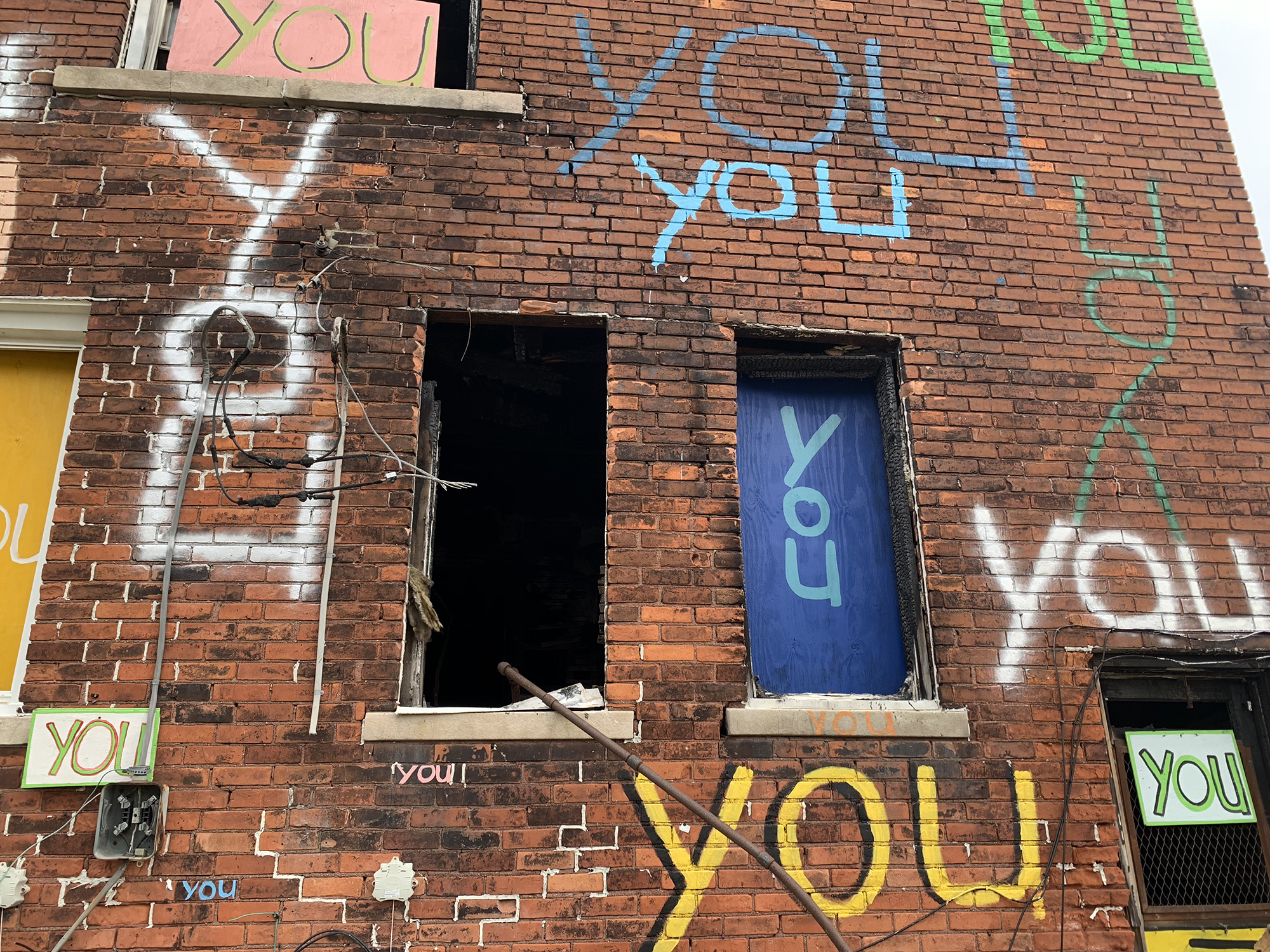Tactile Communications
Initiatives of Change has a long history of creative and artistic engagement. Poetry, music, theater, dance, literature, and film are tools that have been used over the last 80 years, especially in the 1960s-1970s. This growing movement was crafted by young people who would travel across Europe, Asia, and Africa to share personal stories of disruption, empathy, and multiracial justice in places contending with segregation, colonization, apartheid and racist inequality. Harkening back to our IofC roots, we are in the process of developing a strategic approach to creativity and multimedia arts as a route to break boundaries between different communities; to build connections across deep historical divides with real, honest talk; and to develop sincere spaces for cathartic healing, wellness, and reconciliation.
Data you can feel.
We are creating a tactile and sensory approach to IofC USA’s communications. The arts are important for creating and manifesting different realities where each person has capacity to shape the possibility of life into full being. Initiatives of Change will amplify creative and compelling communications through the mediums of digital art, visual art, video, film, photography, music, dance, installations, and dramatic performance. By tapping into the creative economies - as a viable form of sustainable equity in the country and world - IofC demonstrates our commitment to support the capacity, exposure and wealth creation of artists, particularly those from marginalized communities. We are invigorated by this work, especially in Richmond, a place that possesses storied traditions in multidisciplinary arts that are growing by leaps and bounds each day. This is an exciting way to integrate and align our approach with a historical and community precedent, to boost partnerships, expand diverse and sincere community-making, and mobilize new strategies of collaboration across different, wide-ranging sectors.
We are also innovating data you can feel through tools such as infographics, surveys, focus groups, conversations, interviews, digital analytic tools, and ongoing feedback mechanisms. This reflects the journeys, movements, building, and learnings about what we do and why our work matters.
The images used above are featured exhibition works in The Heidelberg Project, "an outdoor art environment in the heart of an urban area and a Detroit based community organization with a mission to improve the lives of people and neighborhoods through art". This ongoing and expanding public art installation was created by Tyree Gupton in 1988.





